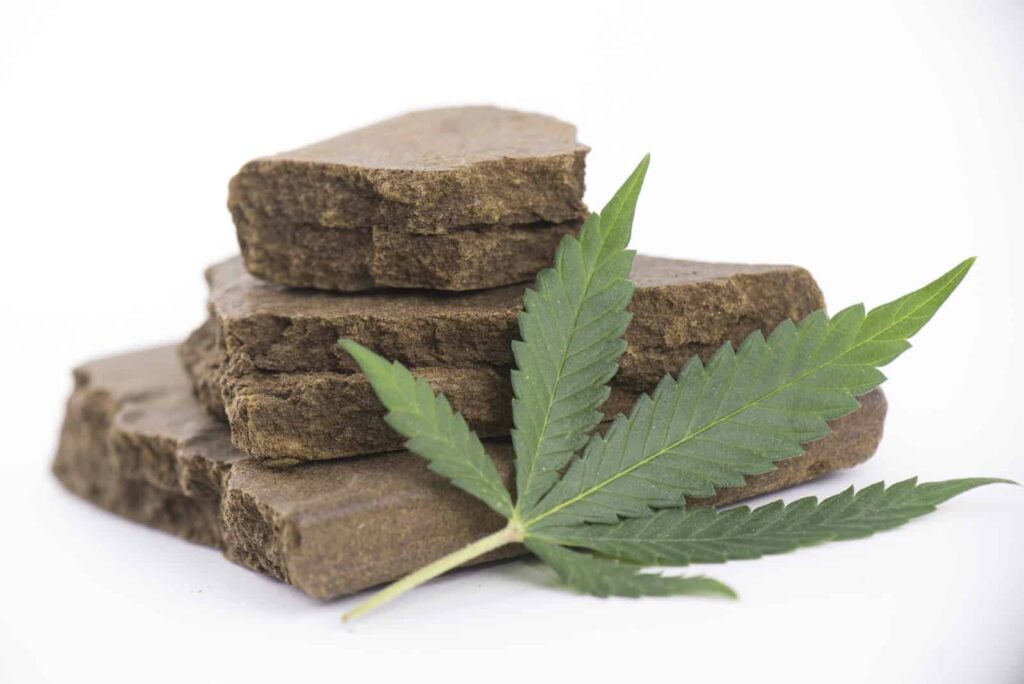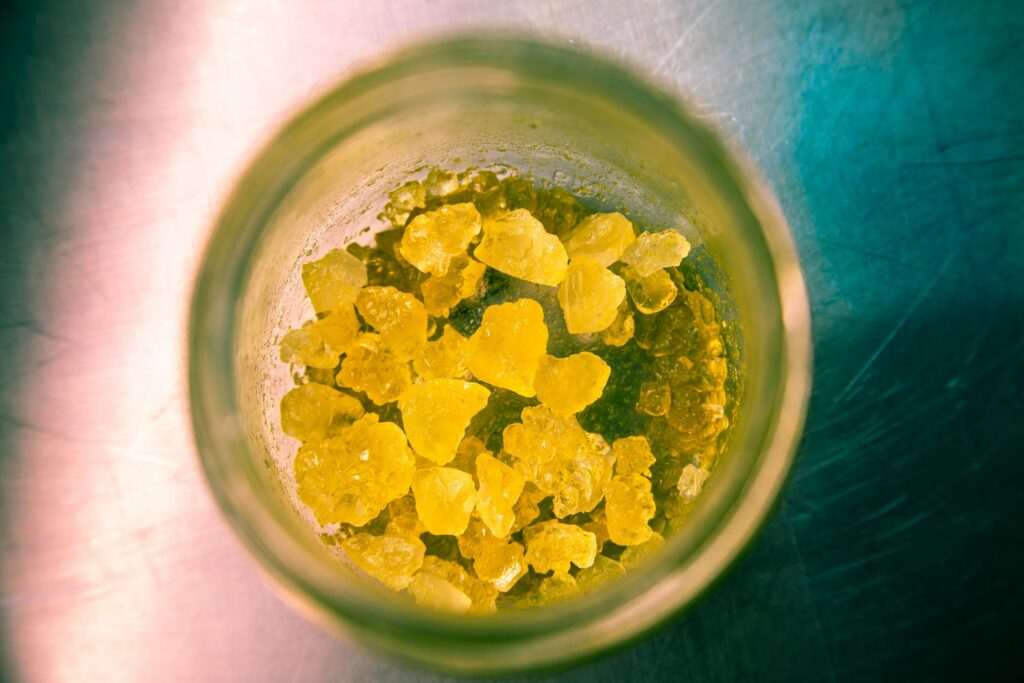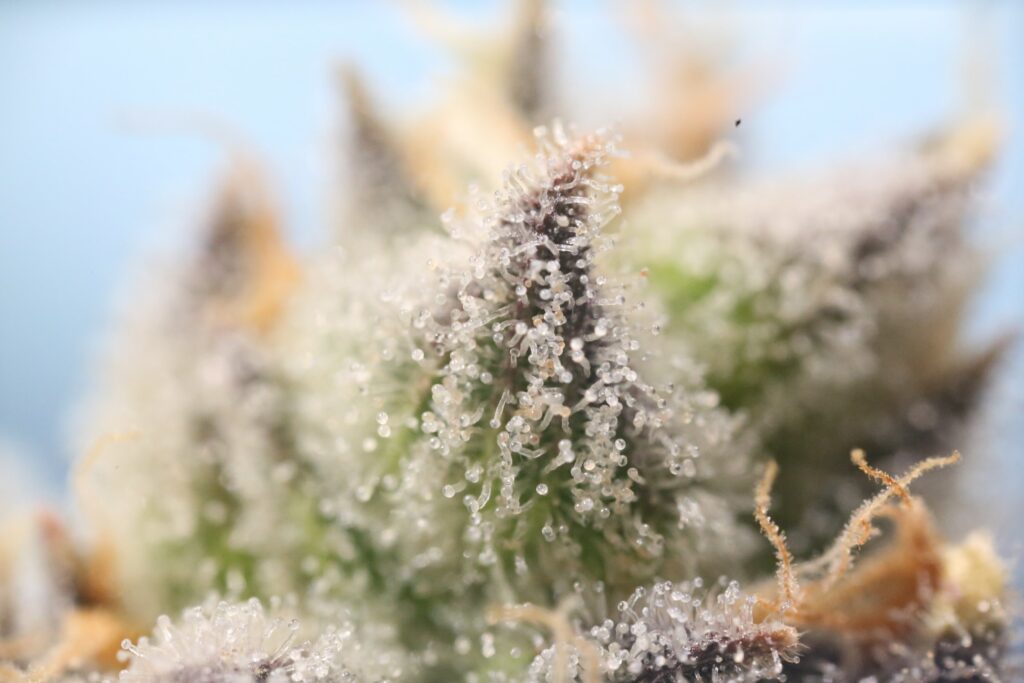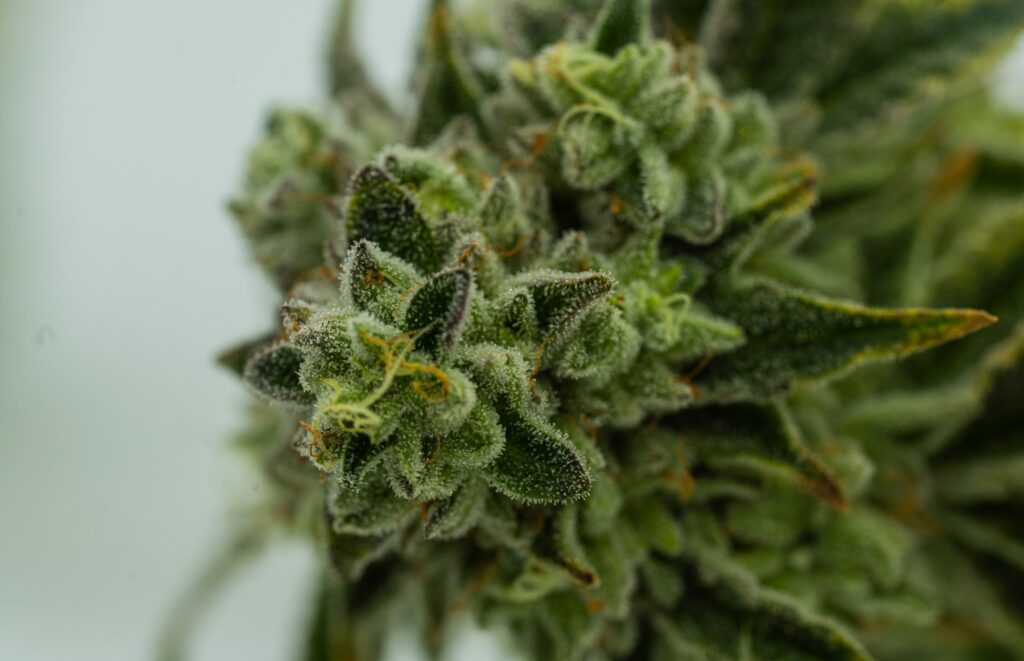What is Hash?

A lot of people are not familiar with the difference between cannabis and hashish (aka hash). Are they are produced from the same plant? Yes, however hashish is made from the resinous substance found on the cannabis plant. It is way more concentrated than regular cannabis, which has more plant-based material and is generally less potent than hash.
Hashish is derived from the trichomes of the cannabis plant, which produce the sticky substance found on the bud’s surface, and the technique in making hash is all about separating the resin from the bud. With the legalisation of cannabis around the world, the resurgence of hashish has become prevalent.
The Origin of Hash
As old as the Arabic culture, so is hashish, which is believed to have derived from the Arabic word for grass. However, some argue that it has been around prior to existing records and it was gathered by the original cannabis farmers in the area. Western doctors at the turn of the 20th century experimented with the use of hashish for medical reasons, but unfortunately with the banning of hashish products the sale of these items moved to the black market.
Types of Hash
Hashish comes in different shapes and sizes, two of the most well-known types are dry sift hash and ice water hash.
Dry Sift Hash
In the 1960s, hash made a re-emergence, and several countries in Asia that historically farmed cannabis started exporting to the western world. The product that was available at the time was still the traditionally manufactured style of Dry Sift Hash and the final imported product was a hard compressed block of hashish. Later in the 1980s, new processes were developed making the production easier thus making hashish more accessible to the end-user. The newly developed “master shifter” separated the trichome from the bud using a strong pulsating mechanism, giving rise to the name dry sift. The process of making dry sift hash is one of the easiest cannabis processes, as it is a simple method of separating trichomes through a screen. This is then either mixed or smoked on its own or added to all types of edibles and extracts. The process of making hash at home simply requires a few household items. Ready-made screens for dry extractions can be purchased along with presses for the hash into bricks.
Ice Water Hash
Many people were experimenting with various extraction methods, but two people, in particular, Neil Schumacher and Rob Clarke revolutionised a new process called ice water hash or bubble hash. This method was made public in 1997. They tried out different water extraction methods and finally came up with what we now know as ice water hash. Compared to the dry sift method, the resin is pressed into hash, and it is purely a mechanical process where no solvents are used, only temperatures and pressure are used to extract the cannabinoids from the plant material. The dry sift and dry ice methods produce differences in quality, which is different in so far as the dry sift method results in a golden color whereas the ice method has been tarnished with plant material resulting in a green color.
The process of transforming kief into hash requires a lot of patience. You also need to use wet newspaper and plastic to form it, along with heat and pressure from a rolling pin. This eventually results in a block where the trichomes have now melted together forming a dark shiny surface and the substance takes on a delightful golden-brown colour.
How to Smoke Hash
Hash can be consumed orally or smoked. In India, they have a traditional drink called bhang, which is a mixture of hashish and milk with added flavourings. Hashish can also be smoked when rolled with cannabis leaves and flowers. Depending on the variety of hash, some can be melted on a hot surface to give off a vapor, which is then inhaled, but this leaves a residue that is not easily removed. Some very high-end hash oils have the ability to vaporise completely without leaving any residue.
When contemplating going the hash route, one should consider the various methods and types of hash available to use. With vaporising or smoking you need different apparatus and tools and heating methods. Always remember that hash has a potency level ranging from as low as 40% to over 80% depending on the production processes. One should always be aware of the strength and quality of the product to be consumed.






Responses